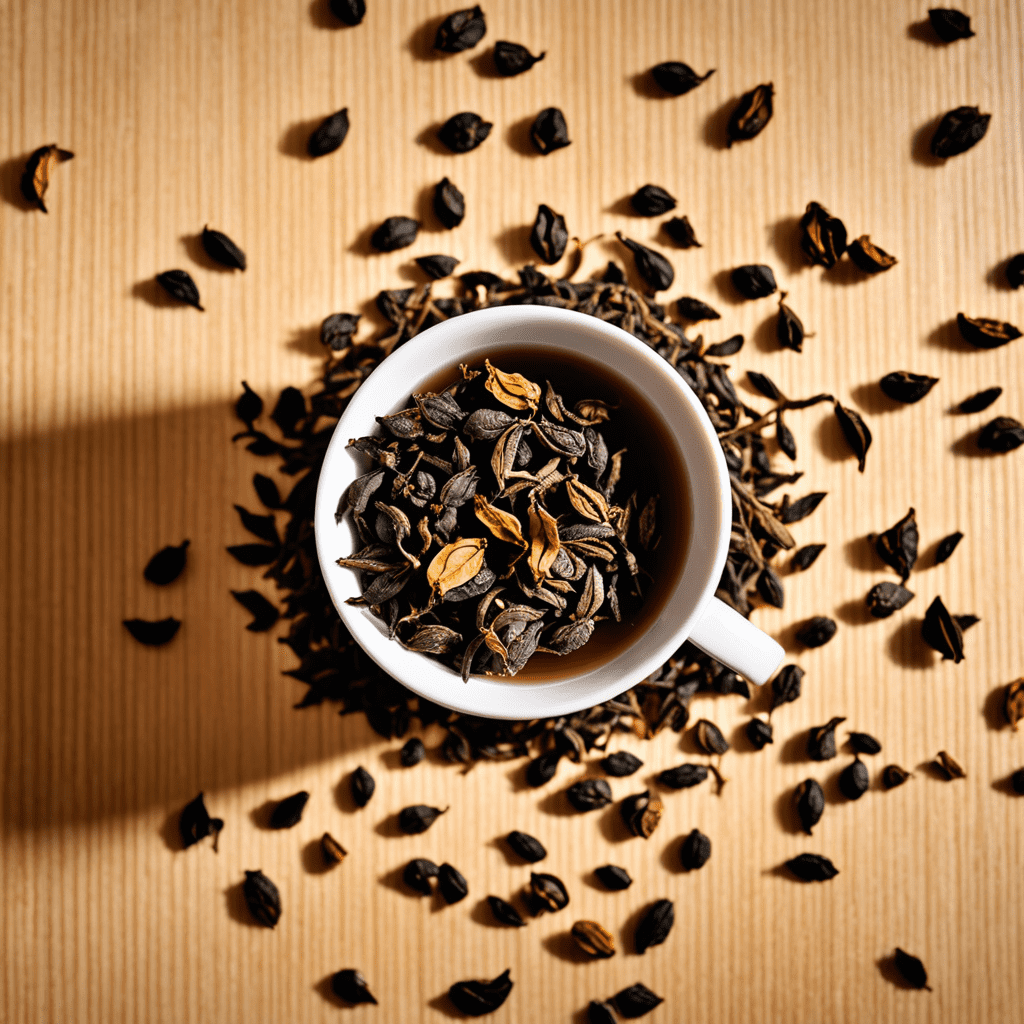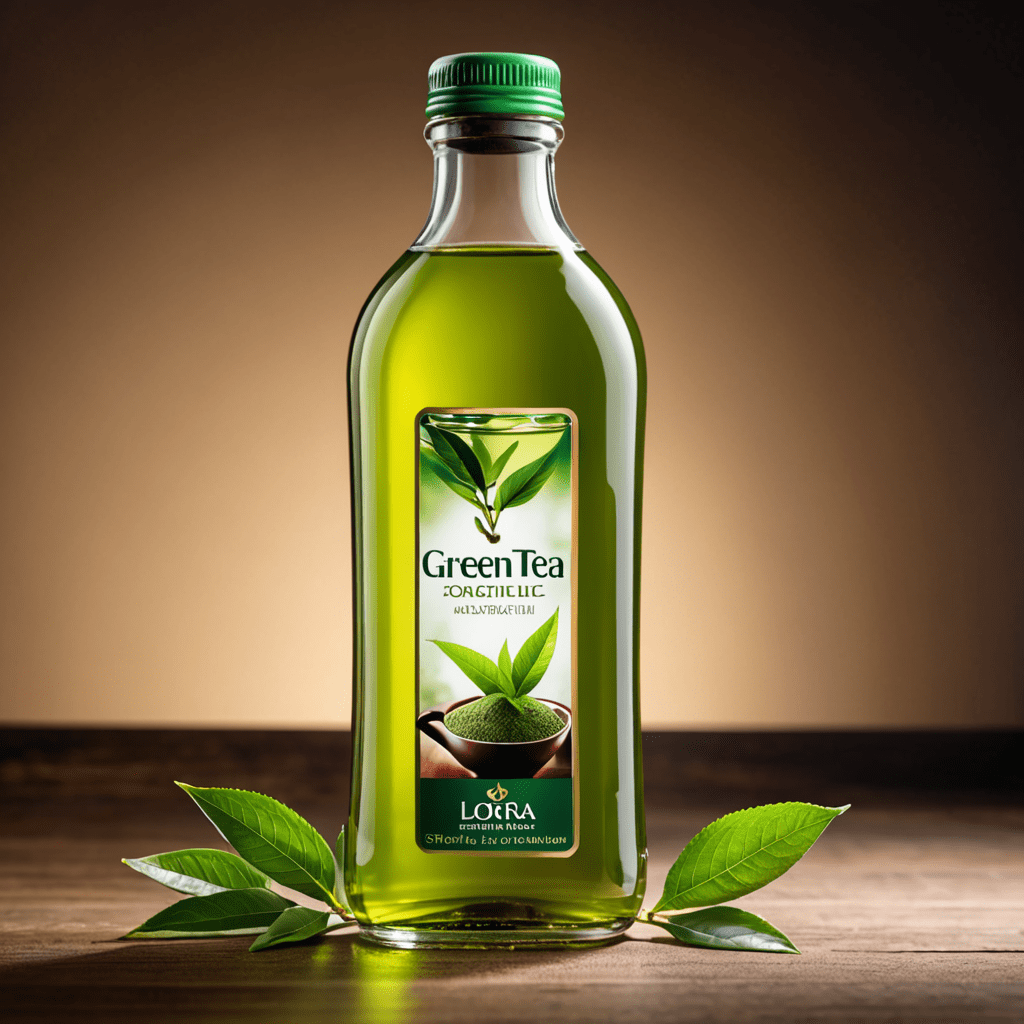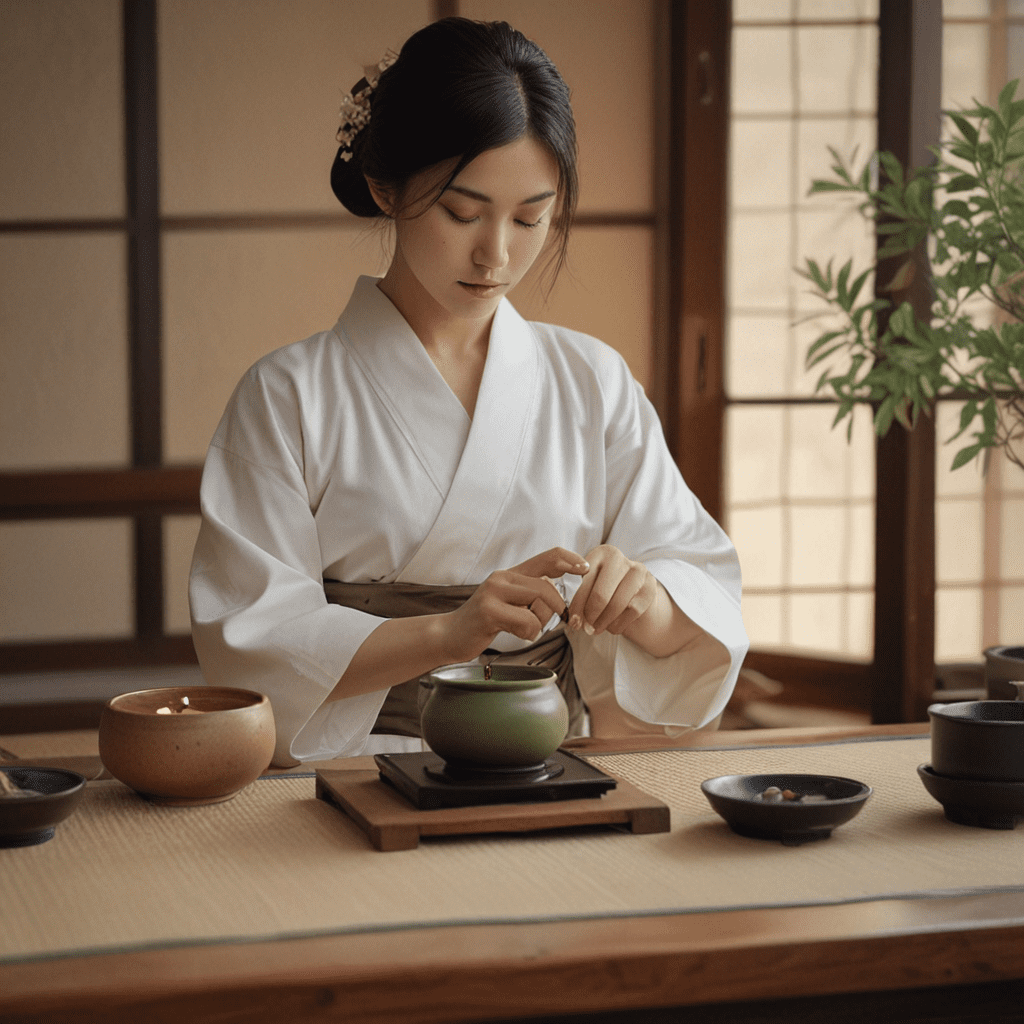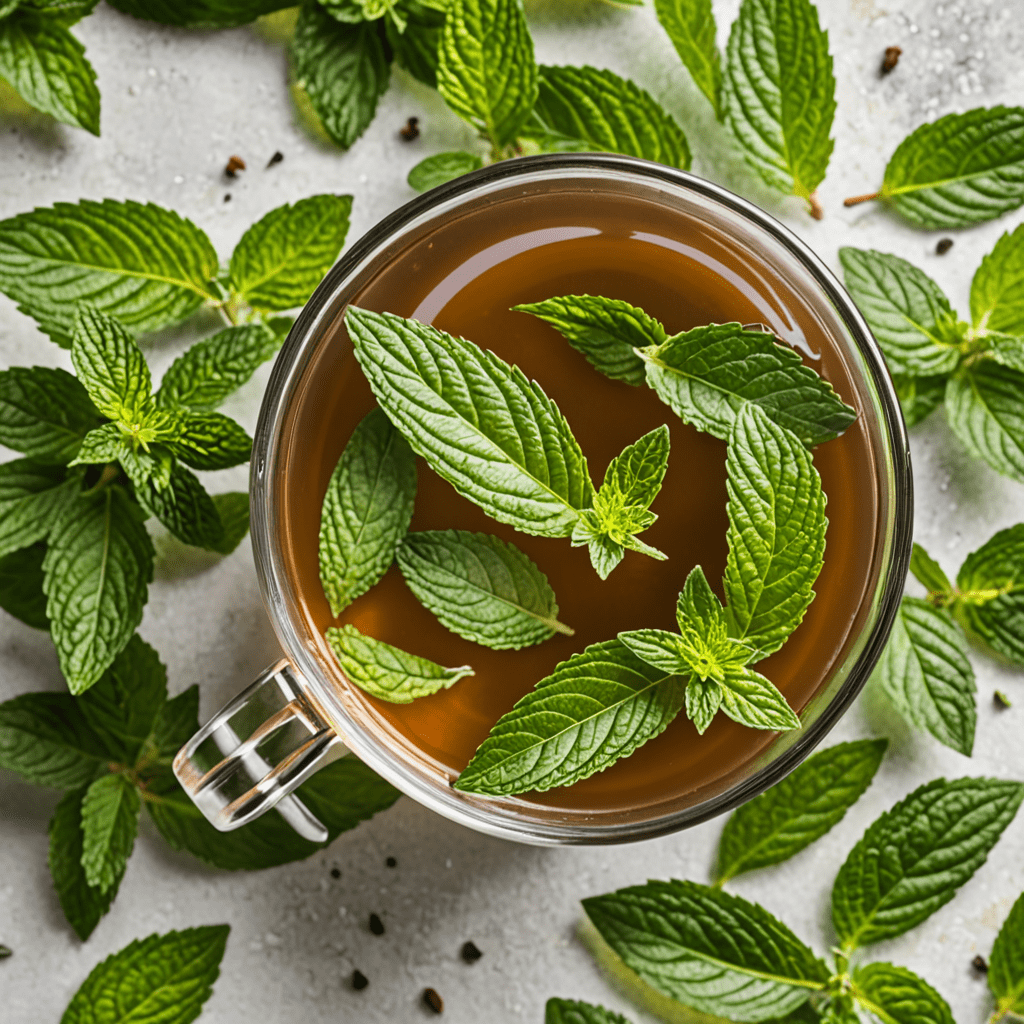
Pu-erh Tea: A Journey Through Tea Processing
Introduction to Pu-erh Tea
Pu-erh tea, a type of fermented tea produced primarily in Yunnan Province, China, is known for its unique flavor profile and health benefits. This article delves into the fascinating journey of how Pu-erh tea is processed, from leaf to cup.
Harvesting the Tea Leaves
The process begins with the careful harvesting of large-leaf tea varieties from ancient tea trees in the Yunnan region. These leaves are considered ideal for producing Pu-erh tea due to their richness in flavor compounds.
Withering and Sun-Drying
After harvesting, the tea leaves are spread out to wither naturally under the sun. This crucial step helps reduce moisture content and initiates enzymatic reactions that contribute to the tea’s unique aroma and flavor.
Rolling and Shaping
Once withered, the leaves undergo a rolling process to break down cell walls and release aromatic oils. This step helps shape the leaves into the desired form, whether loose or compressed into cakes or bricks.
Fermentation and Aging
Unlike other tea varieties, Pu-erh undergoes microbial fermentation, a natural process that develops its complex flavors over time. The tea is then aged for months or even years, with some aged Pu-erh considered highly prized.
Drying and Post-Fermentation
After fermentation and aging, the tea leaves are dried to halt the fermentation process and stabilize the flavors. Depending on the desired final product, some Pu-erh teas undergo additional post-fermentation to enhance their taste.
Brewing and Enjoying Pu-erh Tea
Once the processing is complete, Pu-erh tea is ready to be brewed and enjoyed. Whether steeped multiple times using traditional Yixing clay teapots or modern infusers, Pu-erh offers a rich, earthy flavor with each sip.
FAQ about Pu-erh Tea Processing
What is Pu-erh Tea?
Pu-erh tea is a unique type of fermented tea originating from the Yunnan province in China. It undergoes a special aging process that enhances its flavor complexity and health benefits.
How is Pu-erh Tea Processed?
After harvesting, the leaves are withered, rolled, and undergo microbial fermentation. The tea is then compressed into various shapes, like cakes or bricks, and aged for a period of time to develop its signature flavors.
What are the Types of Pu-erh Tea?
There are two main types: raw (sheng) and ripe (shou) Pu-erh. Raw Pu-erh is aged naturally and has a fresher, more astringent taste, while ripe Pu-erh undergoes accelerated fermentation, resulting in a smoother, earthy flavor.
How does Aging Affect Pu-erh Tea?
Aging transforms the flavors of Pu-erh tea, making it more mellow and complex over time. The aging process allows for microbial fermentation that enhances the tea’s taste profile and overall quality.
What Health Benefits Does Pu-erh Tea Offer?
Pu-erh tea is believed to aid digestion, promote weight loss, reduce cholesterol levels, and have


